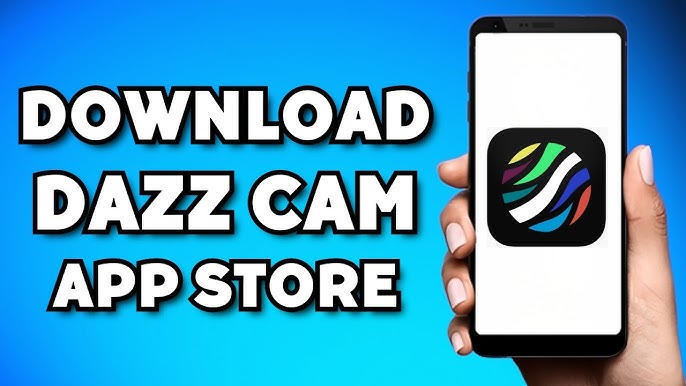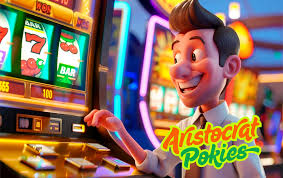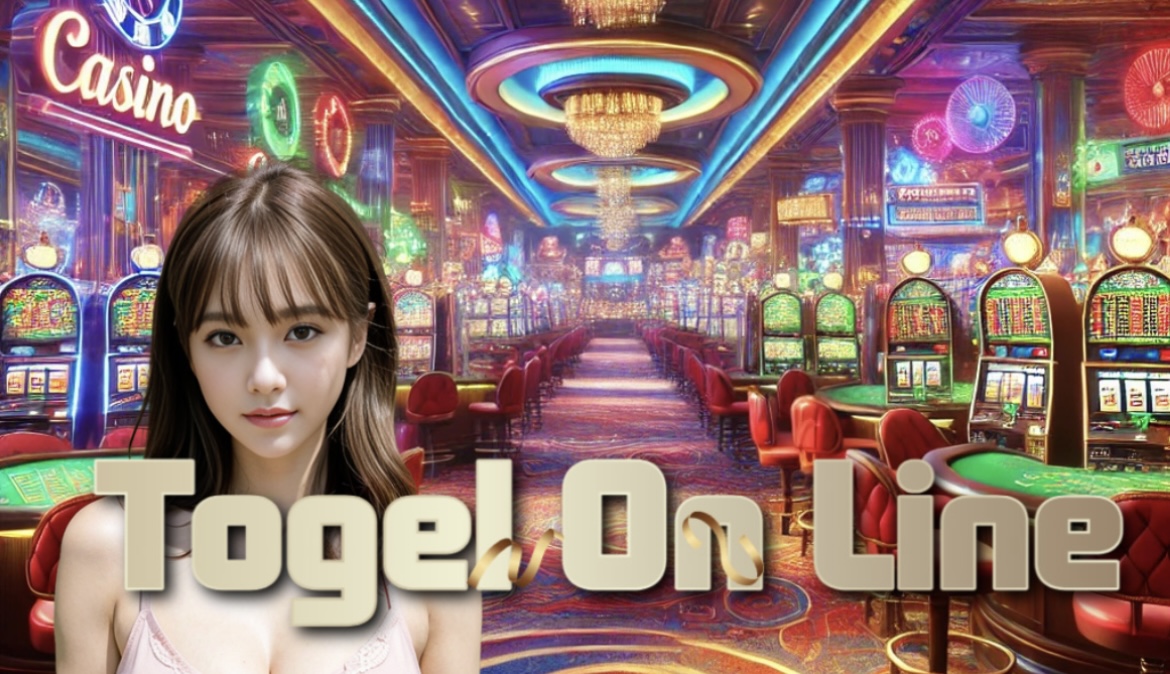Does Dazz Cam Work for Both Videos and Photos?

Dazz Cam has carved out a niche among mobile photo and video apps by delivering a retro aesthetic that resonates with lovers of nostalgia. Inspired by vintage film cameras, it combines analog charm with modern usability. While many users are familiar with its unique photo filters, fewer realize its growing capabilities for video creation. But does Dazz Cam truly support both media formats effectively? Let’s explore how well this app performs across photography and videography, how to use it for each, and whether it’s a worthwhile creative tool for modern users looking to channel retro vibes.
Concept Behind the App
Dazz Cam doesn’t just apply filters—it attempts to recreate the entire experience of using a film camera. It mimics characteristics like light leaks, date stamps, grain, and shutter imperfections that used to be hallmarks of 1980s and 1990s film rolls. Whether aiming for a VHS-style vibe or a Polaroid-type finish, this app caters to users who appreciate texture and imperfection.
This app is not just a filter tool; it’s an aesthetic statement. Unlike other apps that focus on clarity, precision, and modern enhancements, Dazz Cam leans into analog imperfection to create timeless digital content.
Compatibility Across Devices
Dazz Cam is available on both iOS and Android, although some effects and features may differ slightly between platforms due to system-specific limitations. On iPhones, the experience is often more fluid and offers earlier access to updates, while Android users still enjoy a robust set of tools. Regardless of the platform, Dazz Cam allows users to import existing content or shoot directly within the app.
The performance across both devices remains relatively stable, with occasional reports of lags on older Android models, especially when applying effects to high-resolution video files. Nonetheless, for most modern smartphones, both photo and video processing are smooth and efficient.
Using Dazz Cam for Photos
Photo editing remains the foundation of Dazz Cam’s popularity. With a wide array of vintage filters, users can instantly transform a modern high-definition image into a snapshot that looks pulled from a 1995 disposable camera. Key features include:
- Film-like filters: Choose from dozens of presets inspired by Kodak, Fuji, and other iconic brands.
- Date stamps: Customize or randomize timestamps to simulate older photos.
- Light leaks: Add organic flares and overexposed streaks.
- Film grain: Adjust intensity levels to bring depth and authenticity.
- Flash simulation: Recreate flash styles typical of old film cameras.
Photos can be edited manually or enhanced using presets. After editing, Dazz Cam allows quick export in high resolution suitable for social media sharing, archiving, or even printing.
Video Editing with Dazz Cam
Video editing is where Dazz Cam surprises many users. While primarily known for photography, its video features are becoming increasingly sophisticated. Yes, Dazz Cam does work for videos, and it does so with style.
Users can shoot videos directly from within the app or import existing clips for editing. Once inside the editing suite, the same retro-inspired filters available for photos can be applied to moving visuals. Features include:
- Real-time filters: Apply vintage effects while recording video.
- Transition overlays: Add glitches, frame jitters, or film burn effects.
- Frame rate control: Mimic the choppy, cinematic motion of older camcorders.
- Custom soundtrack layer: Add audio or leave the original sound intact for raw appeal.
- Aspect ratio adjustment: Crop your video into formats ideal for Instagram, TikTok, or YouTube Shorts.
Though not a full-fledged video editor, Dazz Cam provides enough tools to make visually stunning short clips—ideal for social sharing, vlogging, or artistic storytelling.
Workflow and User Interface
The interface is clean, intuitive, and focused on speed. When launching the app, users can toggle between camera and gallery mode. In both cases, filters and effects are accessible with just a few taps. The editing dashboard is split between image and video options, so it’s clear where to begin depending on your project.
Workflow is streamlined:
- Capture or Import: Choose whether to shoot content or edit an existing file.
- Select Effect: Browse film-inspired presets or adjust manually.
- Refine Details: Use sliders to control grain, color intensity, contrast, and fade.
- Preview and Export: Check your final version before saving in the desired format.
This structure makes Dazz Cam a favorite among influencers, amateur photographers, and creative professionals seeking retro media without overcomplicated steps.
Strengths and Limitations
Strengths:
- Authenticity: Delivers an unparalleled analog feel that other apps only mimic lightly.
- Dual Functionality: Seamlessly supports both videos and photos.
- Quick Export: High-resolution saving is quick and efficient.
- Mobile Focus: Designed for on-the-go creation and sharing.
Limitations:
- Lack of Pro Features: Not suited for advanced video editing or deep photo retouching.
- Occasional Crashes: Some users experience crashes when editing long videos.
- Watermarking: Free version includes a watermark unless upgraded.
- Limited Audio Control: No multi-track support or volume fading for video sound.
While not designed to replace professional editing software, Dazz Cam hits the sweet spot for users wanting easy-to-use features with visual impact.
Real-World Applications
Dazz Cam’s vintage appeal makes it ideal for several modern use cases:
- Social Media: Create authentic content for TikTok, Instagram, and YouTube Shorts with minimal effort.
- Vlogging: Add a unique, nostalgic twist to travel or daily life vlogs.
- Event Documentation: Capture birthdays, weddings, and trips in a timeless aesthetic.
- Promotional Content: Brands tapping into nostalgia (especially fashion and music) find Dazz Cam-style videos highly engaging.
Its versatility across photo and video makes it a Swiss Army knife for content creators looking to stand out.
Comparing Alternatives
While Dazz Cam holds its own, several apps offer overlapping features:
- VSCO: Offers high-end filters for photos but limited video tools.
- 1998 Cam: Similar retro features but less intuitive for video editing.
- Prequel: Provides flashy visual effects and transitions but leans toward modern aesthetics.
- Huji Cam: Great for photos but lacks video support entirely.
Dazz Cam’s ability to unify both media formats under one aesthetic-focused app gives it an edge for users seeking consistency in their visual storytelling.
Tips for Better Results
To maximize results when using Dazz Cam for both photos and videos:
- Shoot in natural light: Filters react better to well-lit footage, enhancing the vintage look.
- Avoid over-processing: Let the retro vibe breathe; too many overlays can muddy the impact.
- Use a tripod: Especially for video, to avoid shakiness when using film-like transitions.
- Plan your vibe: Choose a filter style before shooting to maintain consistency across media.
These steps ensure that your Dazz Cam creations are not just nostalgic but also polished and engaging.
Conclusion
Dazz Cam has successfully bridged the gap between photography and videography by offering vintage-style filters and effects for both formats. It doesn’t just apply edits—it transforms content into memories, giving each shot a sentimental value that feels timeless. As mobile-first content creation continues to thrive, tools like Dazz Cam offer creators an opportunity to evoke emotion through retro visuals, whether capturing a quiet photo or a vibrant scene in motion.





